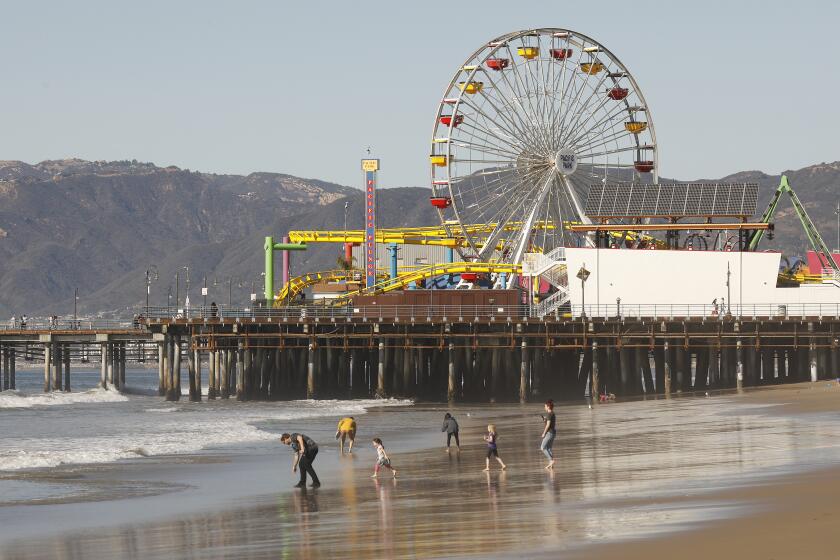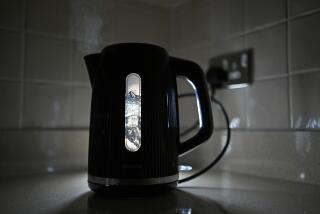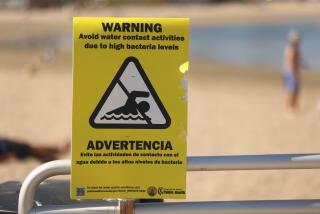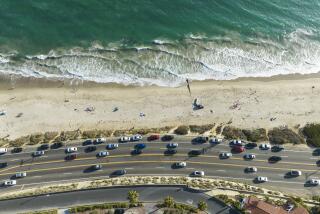Release of 24,000 gallons of untreated sewage prompts beach closures in L.A. County
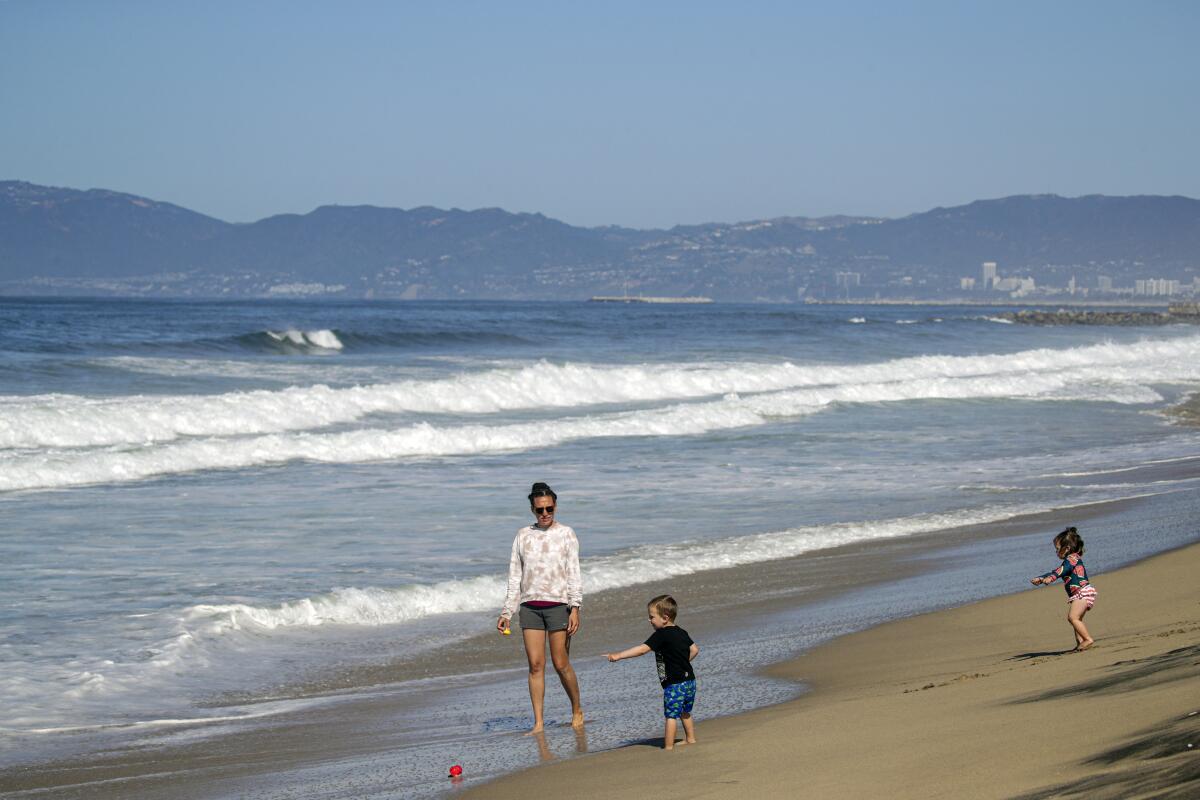
The release of 24,000 gallons of untreated sewage prompted the closures of several Los Angeles County beaches Wednesday, public health officials said.
A blocked main line led to the sewage entering the storm drain system near Admiralty and Palawan ways in Marina del Rey, the Los Angeles County Department of Public Health said in a news release.
Around 3,000 gallons were contained on site but the remaining sewage reached storm drains, officials said.
The spill was originally estimated at 66,000 gallons but Los Angeles County Public Works revised the figure to 24,000 on Wednesday evening.
The blockage was cleared by Wednesday afternoon, but Mother’s Beach in Marina del Rey, Venice City Beach and Dockweiler State Beach were ordered closed.
“Public Health officials are advising residents or visitors planning to visit Los Angeles County beaches to avoid contact with ocean water and wet sand in the areas,” the department said.
In its annual ‘beach report card,’ Heal the Bay graded hundreds of beaches in California and ranked the eight dirtiest beaches in the state.
The closures will remain in effect until bacterial levels in daily water testing meet health standards, the department said.
Poor water circulation consistently causes Mother’s Beach to be ranked among the dirtiest in California. In June, it was No. 4 on Heal the Bay’s annual beach “report card.”
And in July 2021, 17 million gallons of sewage spewed into the ocean off Dockweiler and El Segundo beaches after an equipment breakdown at the Hyperion Water Reclamation Plant, Los Angeles’ largest wastewater treatment facility.
More to Read
Sign up for Essential California
The most important California stories and recommendations in your inbox every morning.
You may occasionally receive promotional content from the Los Angeles Times.
